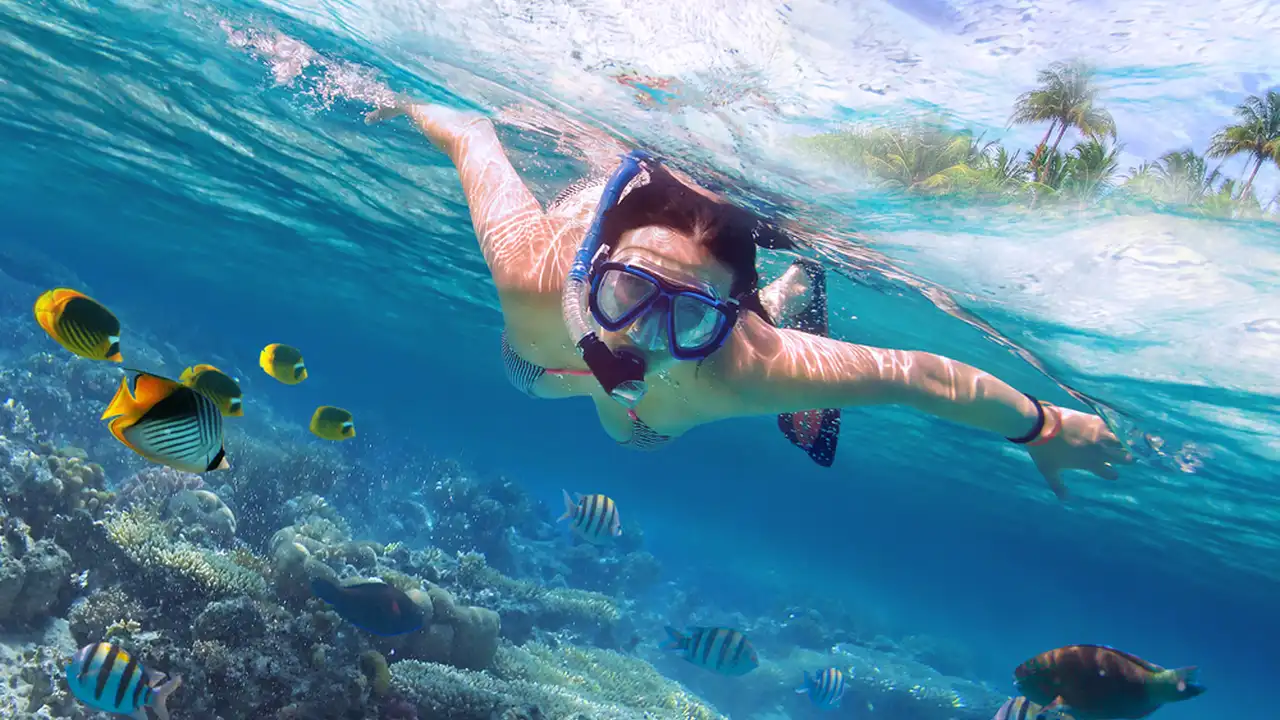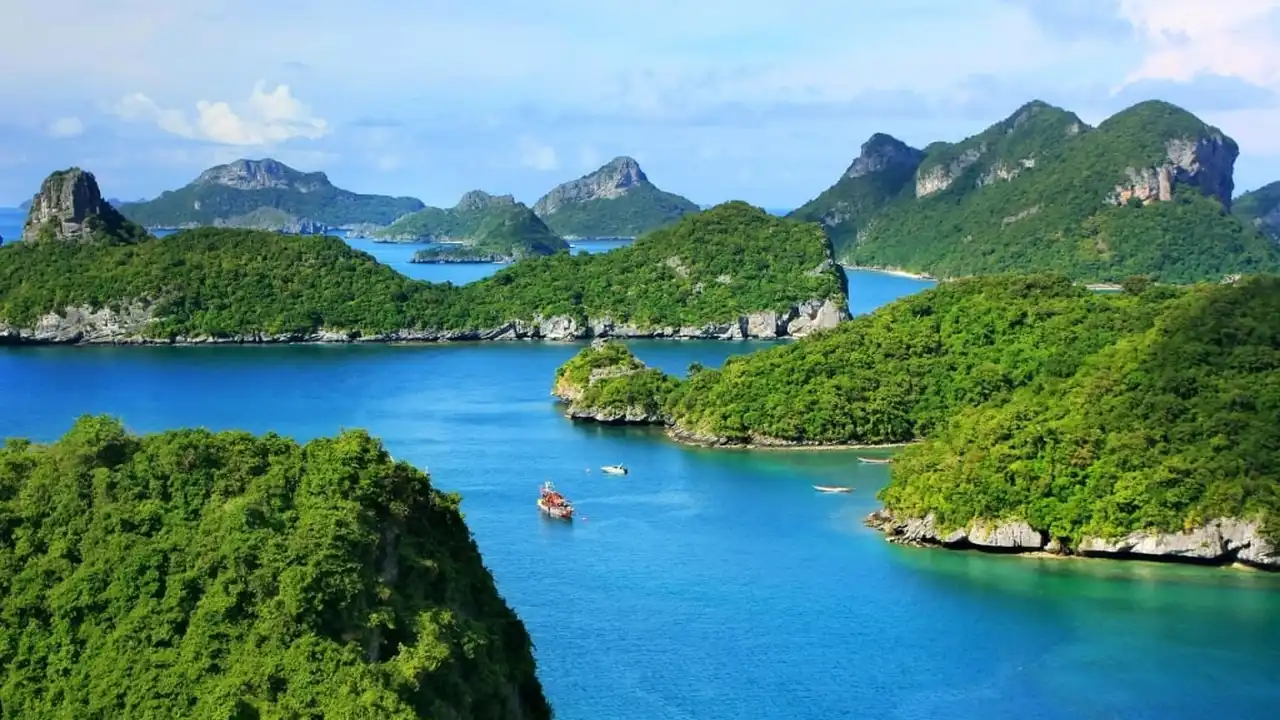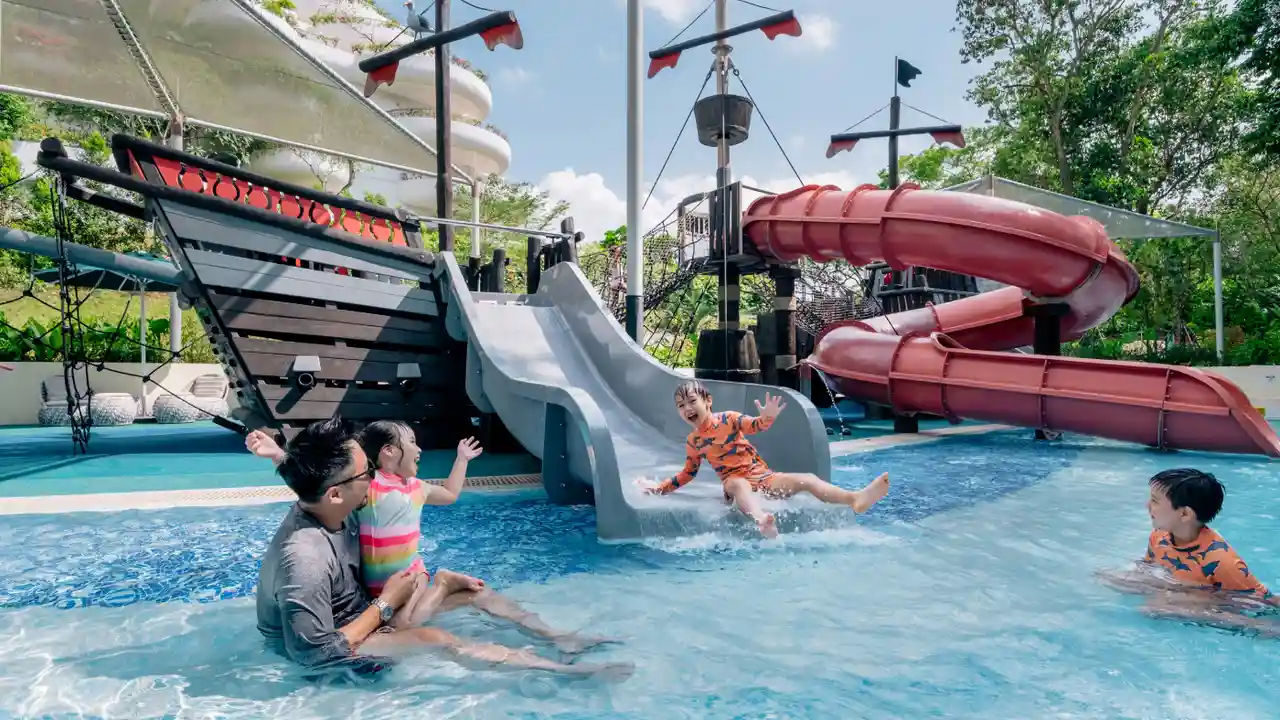Southeast Asia: Best Places for Snorkeling

Snorkeling in Southeast Asia A Tropical Paradise for Underwater Adventures
Southeast Asia, a region renowned for its stunning beaches, vibrant cultures, and delectable cuisine, also boasts an underwater world teeming with life. Snorkeling here is an absolute must-do, offering access to coral reefs, colorful fish, and even shipwrecks, all without the need for scuba diving certification. Let's dive in and explore some of the best spots!
Top Snorkeling Destinations Southeast Asia Unveiled
Raja Ampat, Indonesia The Ultimate Snorkeling Paradise
Raja Ampat, located in West Papua, Indonesia, is often hailed as the world's most biodiverse marine environment. The sheer abundance of marine life is staggering, with countless species of fish, coral, and invertebrates. The water clarity is exceptional, making it ideal for snorkeling. Expect to see manta rays, reef sharks, and vibrant coral gardens.
Getting There: Fly to Sorong, then take a ferry to Waisai, the main town in Raja Ampat. From there, arrange boat trips to snorkeling spots.
Best Time to Visit: October to April, during the dry season.
The Similan Islands, Thailand Snorkeling in Crystal-Clear Waters
The Similan Islands, located off the coast of Thailand, are a national park known for their pristine beaches and crystal-clear waters. Snorkeling here is like swimming in an aquarium, with visibility often exceeding 30 meters. Expect to see clownfish, parrotfish, and even sea turtles.
Getting There: Take a speedboat from Phuket or Khao Lak.
Best Time to Visit: November to April, during the dry season.
Perhentian Islands, Malaysia Budget-Friendly Snorkeling Adventures
The Perhentian Islands, located off the east coast of Malaysia, offer a more relaxed and budget-friendly snorkeling experience. The islands are surrounded by coral reefs and are home to a variety of marine life, including sharks, turtles, and colorful fish. It's a great place for beginners.
Getting There: Take a bus to Kuala Besut, then a ferry to the islands.
Best Time to Visit: March to October, during the dry season.
Komodo National Park, Indonesia Snorkeling with Dragons and Reefs
Komodo National Park, famous for its Komodo dragons, also offers fantastic snorkeling opportunities. The waters surrounding the islands are teeming with marine life, including manta rays, reef sharks, and vibrant coral gardens. The currents can be strong, so it's important to choose a reputable tour operator.
Getting There: Fly to Labuan Bajo, then take a boat trip to the snorkeling spots.
Best Time to Visit: April to December, during the dry season.
Nusa Islands, Bali, Indonesia Snorkeling Near Bali's Shores
The Nusa Islands (Nusa Lembongan, Nusa Ceningan, and Nusa Penida) offer a convenient escape from Bali with excellent snorkeling. Manta Point (Nusa Penida) is a must-visit for snorkeling with majestic manta rays. Crystal Bay is known for its clear waters and diverse marine life, though currents can be strong.
Getting There: Take a fast boat from Sanur or Padang Bai in Bali.
Best Time to Visit: April to October, during the dry season.
Essential Snorkeling Gear Recommendations and Comparisons
Snorkeling Masks Finding the Perfect Fit for Underwater Clarity
A good snorkeling mask is crucial for a comfortable and clear underwater experience. Consider these options:
- Cressi Palau Mask Fin Snorkel Set: A popular choice for beginners. The mask offers a wide field of vision and a comfortable silicone skirt. ($60 - $80)
- Seavenger Adult and Junior Diving Snorkel Set: A more affordable option, good for occasional snorkelers. ($40 - $60)
- Ocean Reef Aria QR+ Full Face Snorkel Mask: Provides a wider field of view and allows you to breathe naturally through your nose and mouth. ($150 - $200)
Usage Scenario: All are suitable for general snorkeling. Full face masks are great for those who find traditional masks uncomfortable.
Comparison: Full face masks offer superior comfort and field of view but can be pricier. Traditional masks are more versatile and widely available.
Snorkels Choosing the Right Snorkel for Easy Breathing
There are different types of snorkels to consider:
- Classic J-Tube Snorkel: The simplest and most affordable type.
- Dry Snorkel: Features a valve at the top that prevents water from entering the snorkel. (e.g., Cressi Dry Plus Snorkel - $30 - $40)
- Semi-Dry Snorkel: Has a splash guard to reduce water entry.
Usage Scenario: Dry snorkels are ideal for choppy water or beginners worried about water entering the snorkel. J-tube snorkels are fine for calm waters.
Comparison: Dry snorkels offer the most protection against water entry, but can sometimes feel restrictive.
Snorkeling Fins Power and Propulsion in the Water
Fins help you move through the water more efficiently. Consider these options:
- Short Fins: Easy to pack and maneuverable. (e.g., Speedo Swim Fins - $30 - $50)
- Long Fins: Provide more power and propulsion. (e.g., Mares Avanti Quattro Plus Fins - $80 - $120)
- Adjustable Fins: Can be used with or without booties.
Usage Scenario: Short fins are great for casual snorkeling in calm waters. Long fins are better for covering longer distances or snorkeling in currents.
Comparison: Long fins require more effort to use but provide greater power and speed.
Rash Guards and Sun Protection Staying Safe Under the Sun
Protecting yourself from the sun is essential while snorkeling. A rash guard provides UV protection and helps prevent sunburn.
- O'Neill Wetsuits Men's Basic Skins 50+ UPF Short Sleeve Rash Guard: A popular and reliable choice. ($30 - $40)
- Roxy Women's Whole Hearted Long Sleeve Rash Guard: Offers full arm coverage. ($40 - $50)
Usage Scenario: Wear a rash guard any time you're snorkeling, especially in sunny conditions.
Alternative: Use waterproof sunscreen with a high SPF.
Underwater Cameras Capturing Your Snorkeling Adventures
Document your underwater experiences with a waterproof camera:
- GoPro HERO11 Black: A versatile action camera that can capture stunning photos and videos underwater. ($400 - $500)
- Olympus TG-6 Waterproof Camera: A dedicated waterproof camera with excellent image quality. ($450 - $550)
- SeaLife Sea Dragon Mini 3000F Underwater Photo Video Light: Improves color and clarity in underwater photos and videos. ($300 - $400)
Usage Scenario: Use these cameras to capture your snorkeling adventures. Consider an underwater housing for non-waterproof cameras.
Comparison: GoPros are more versatile, while dedicated waterproof cameras often offer better image quality.
Snorkeling Safety Tips and Best Practices
Understanding Ocean Conditions and Currents
Always check the weather forecast and ocean conditions before snorkeling. Be aware of currents, tides, and potential hazards. Snorkeling in strong currents can be dangerous, so always swim with a buddy and stay close to shore.
Respecting Marine Life and Coral Reefs
Avoid touching or disturbing marine life. Coral reefs are fragile ecosystems, so be careful not to kick or break them. Don't feed the fish, as this can disrupt their natural feeding habits.
Proper Snorkeling Techniques for Beginners
Practice using your mask and snorkel in a shallow pool before heading out to the open water. Learn how to clear your mask and snorkel of water. Stay relaxed and breathe slowly and deeply.
Dealing with Common Snorkeling Issues
If your mask fogs up, use a defogging solution. If you experience ear pain, try equalizing the pressure by gently pinching your nose and blowing. If you feel uncomfortable or panicked, signal to your buddy and return to shore.
Staying Hydrated and Protected from the Sun
Drink plenty of water before, during, and after snorkeling. Wear a rash guard or sunscreen to protect your skin from the sun. Consider wearing a hat and sunglasses when you're not in the water.
Snorkeling Etiquette and Responsible Tourism
Choosing Eco-Friendly Snorkeling Tours
Support tour operators that prioritize environmental protection. Look for companies that practice responsible waste management, avoid feeding marine life, and educate their guests about reef conservation.
Minimizing Your Impact on the Environment
Avoid using single-use plastics. Bring your own reusable water bottle and shopping bag. Dispose of trash properly. Be mindful of your footprint and leave the environment as you found it.
Supporting Local Communities
Choose locally owned businesses and support local communities. Buy souvenirs from local artisans. Respect local customs and traditions.
Snorkeling as a Gateway to Deeper Ocean Exploration
Moving from Snorkeling to Scuba Diving
If you enjoy snorkeling, consider taking a scuba diving course. Scuba diving allows you to explore the underwater world in more detail and access deeper reefs and wrecks.
The Importance of Marine Conservation
Learn about the threats facing our oceans and what you can do to help protect them. Support organizations that are working to conserve marine life and coral reefs.
Inspiring Future Generations of Ocean Explorers
Share your love of the ocean with others. Encourage children to learn about marine life and conservation. By inspiring future generations, we can ensure that our oceans are protected for years to come.
:max_bytes(150000):strip_icc()/277019-baked-pork-chops-with-cream-of-mushroom-soup-DDMFS-beauty-4x3-BG-7505-5762b731cf30447d9cbbbbbf387beafa.jpg)






